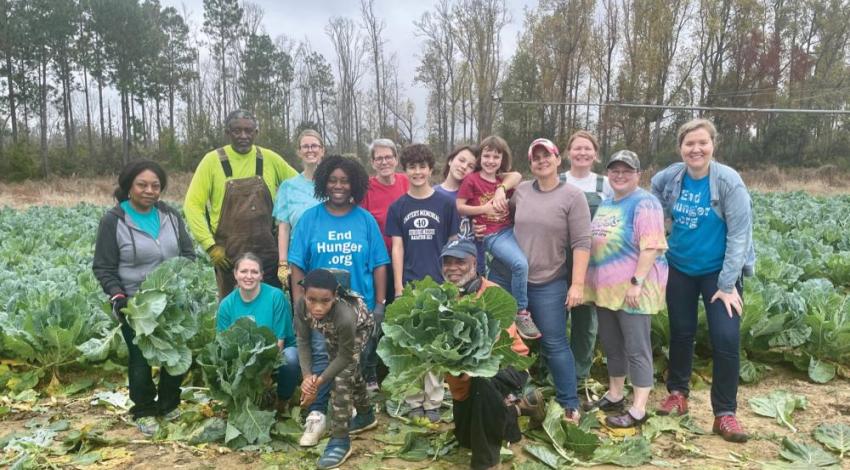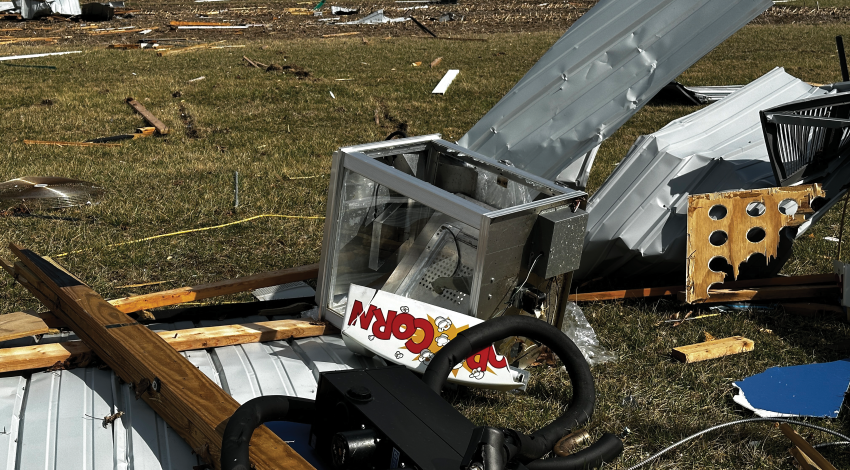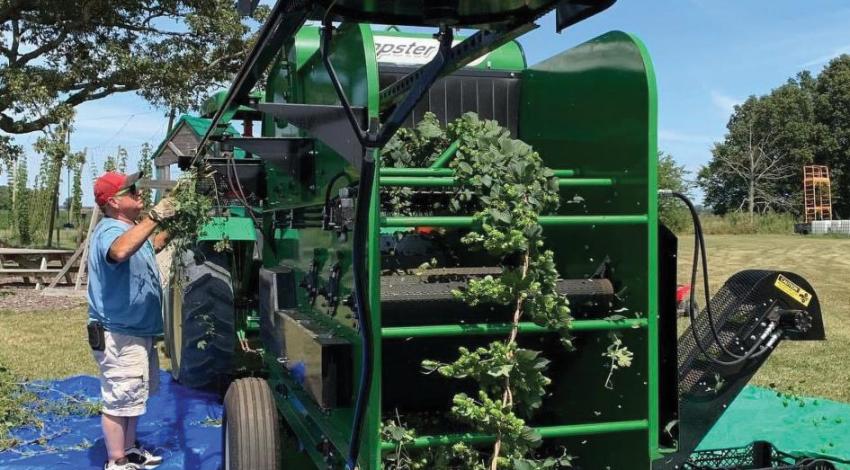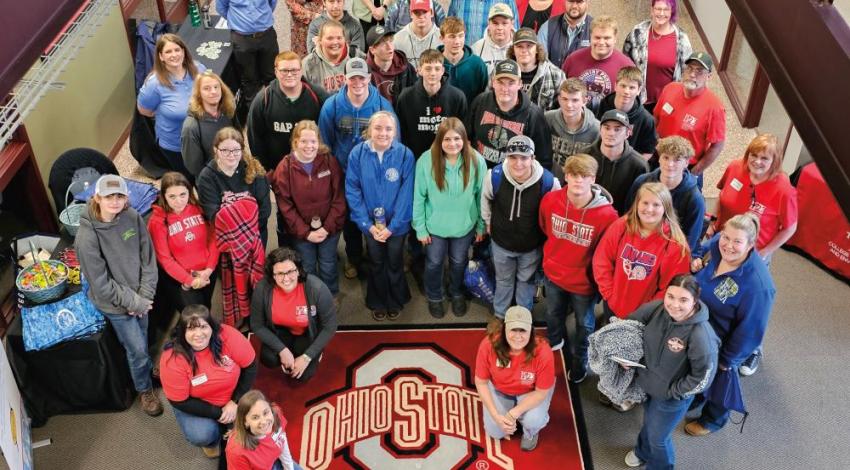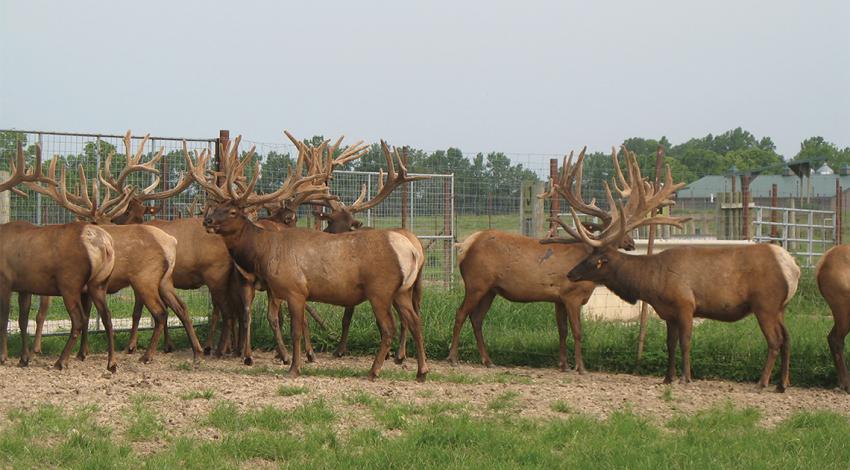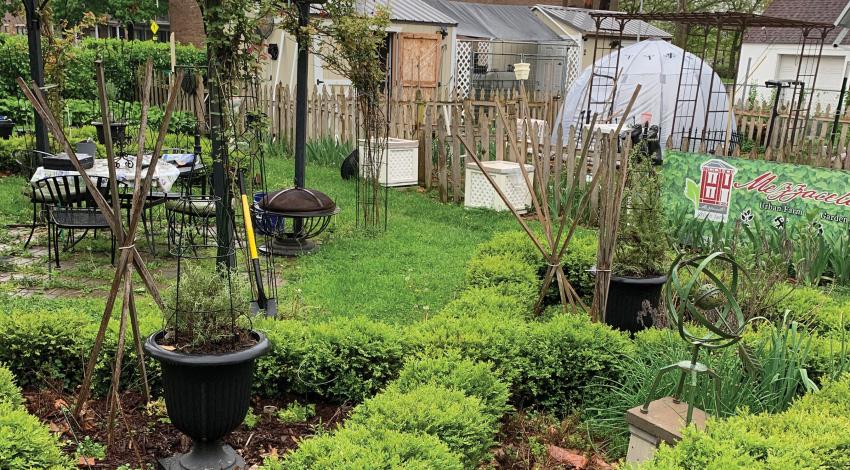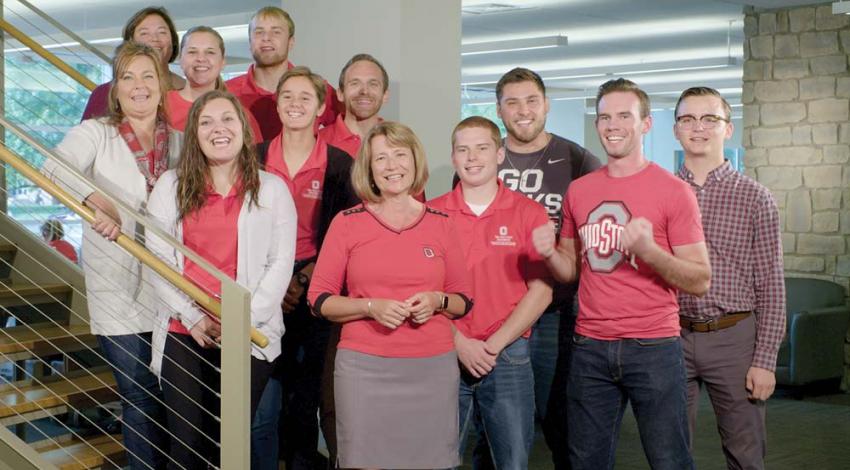It’s a good kind of problem for farmers to have: After an unexpectedly seasonable winter and growing season, the Champaign Berry Farm in Urbana produced an unexpected bumper crop of one of its mainstays this year.
“We saved a certain section of the orchard for the gleaners,” she says. “I told the [professional] pickers not to pick those peaches. We like to give back to the community and to those in need. That’s one of our purposes in life.”
